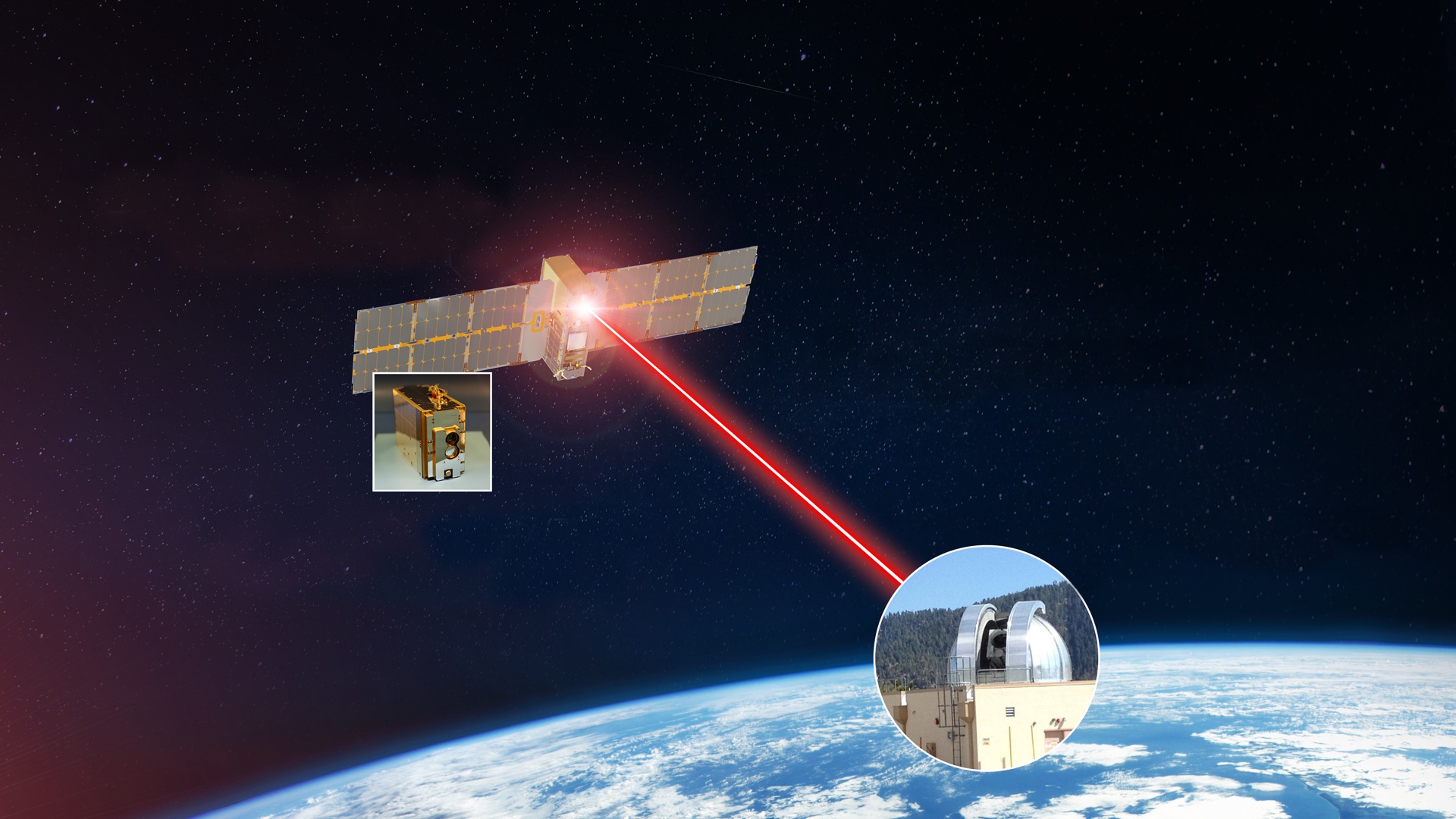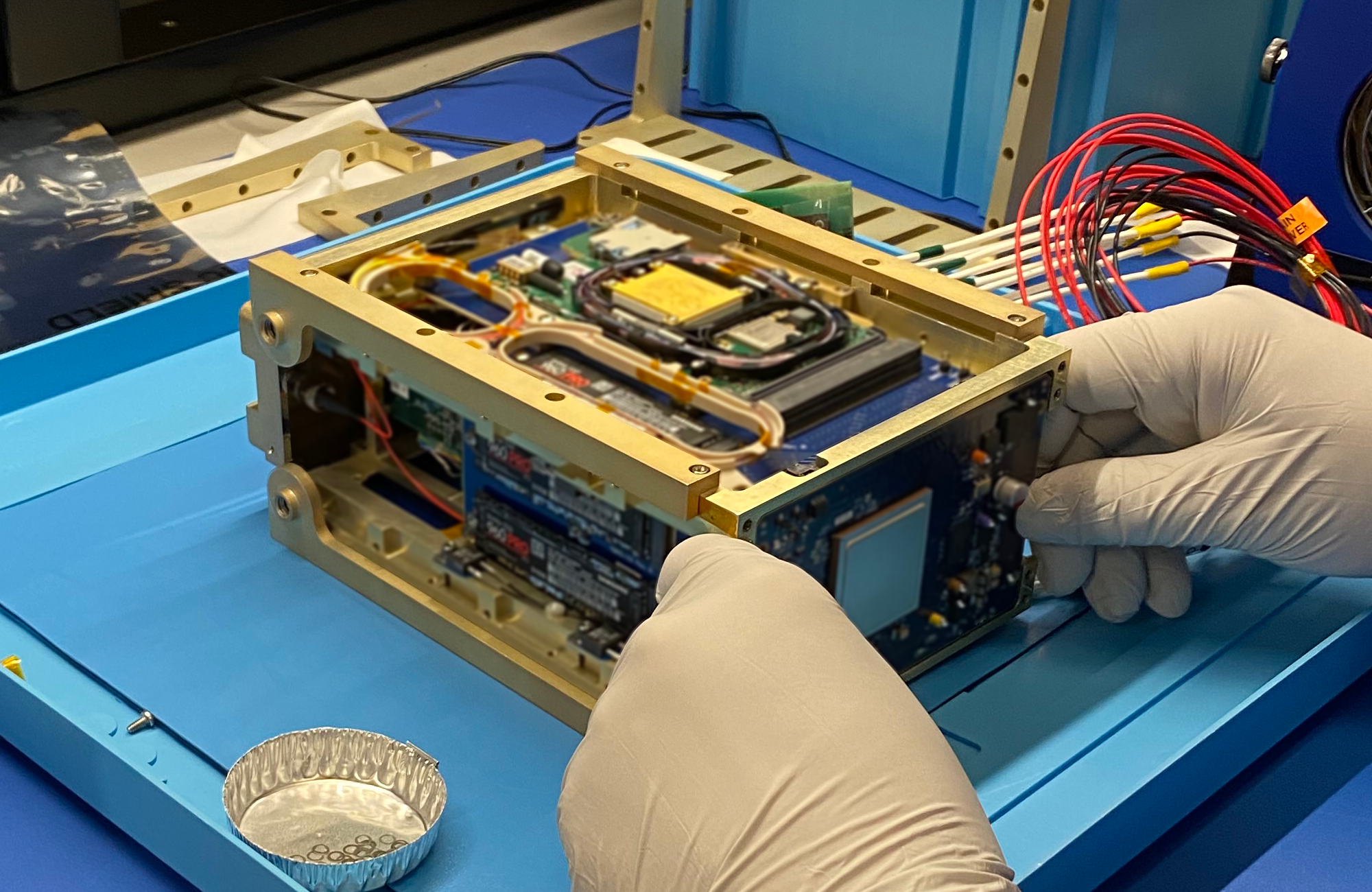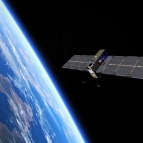TeraByte InfraRed Delivery (TBIRD)

In May 2022, the TBIRD payload onboard a small satellite was launched into orbit 300 miles above Earth's surface. A month later, this Lincoln Laboratory–built payload, roughly the size of a tissue box, delivered terabytes of data from space to a ground station at 100 gigabits per second (Gbps) — a rate 100 times faster than the best internet in most cities and more than 1,000 times faster than the radio-frequency (RF) links traditionally used for satellite communication. At this rate, the TBIRD mission, a partnership between NASA and the Laboratory, set the record for the fastest space-to-ground laser link ever achieved. In May 2023, TBIRD broke its own record, doubling the rate to 200 Gbps.


Laser communications will enable 100 to 1,000 times more data to be sent to and from space than today's RF systems, akin to our terrestrial switch from dial-up to high-speed internet. By encoding data in the oscillations of infrared-light waves, which have a higher frequency than RF waves, laser communications systems can pack more data into each transmission. Recently, TBIRD delivered its highest data volume: 4.8 terabytes, equivalent to nearly 2,500 hours of high-definition video, in a single five-minute pass. A range of science areas, from Earth observation to space exploration, will benefit from this speedup — especially as instruments capture larger troves of high-resolution data, experiments involve more remote control, and spacecraft voyage further and further into deep space.
To enable these extraordinary data rates in such a small package, Lincoln Laboratory engineers developed multiple new technologies. One technology is a protocol for ensuring that laser communications data can be transmitted error-free through the atmosphere without a significant reduction in data rate. Another is a body-pointing scheme to precisely point the satellite toward the ground station; the TBIRD payload has no moving parts.
Next, the team seeks to explore performance with alternative ground stations to further investigate the limits of the technology.
Related Links



